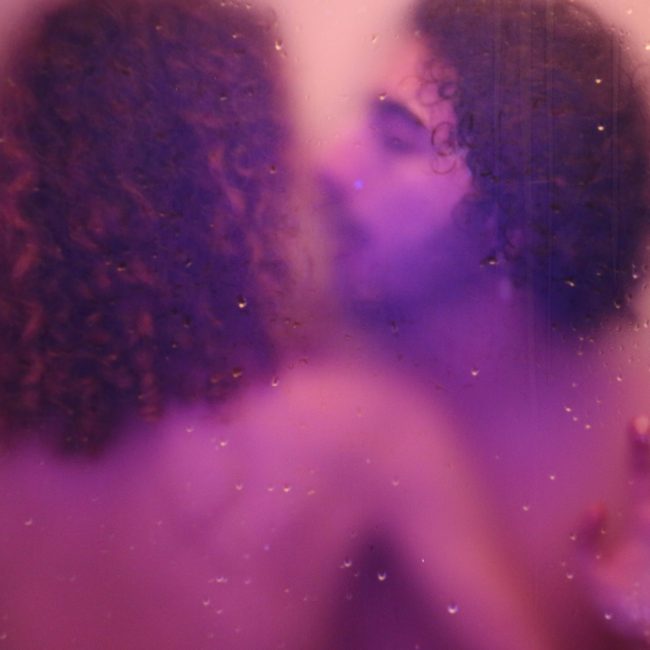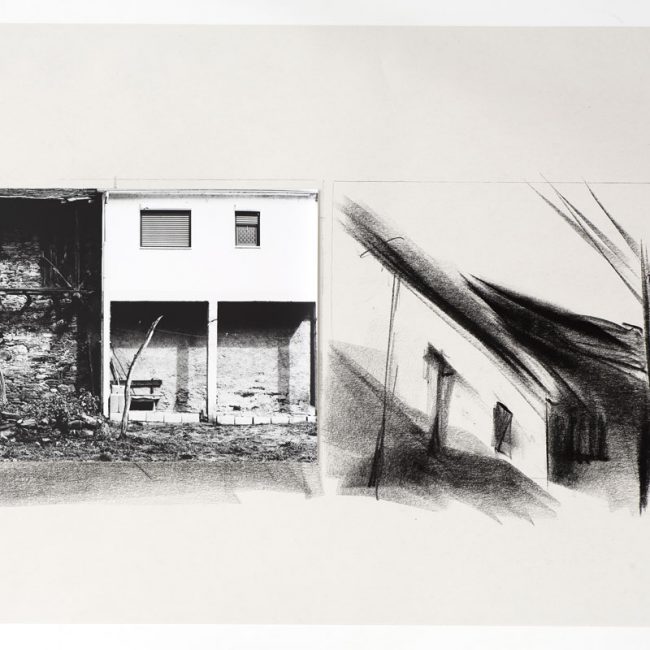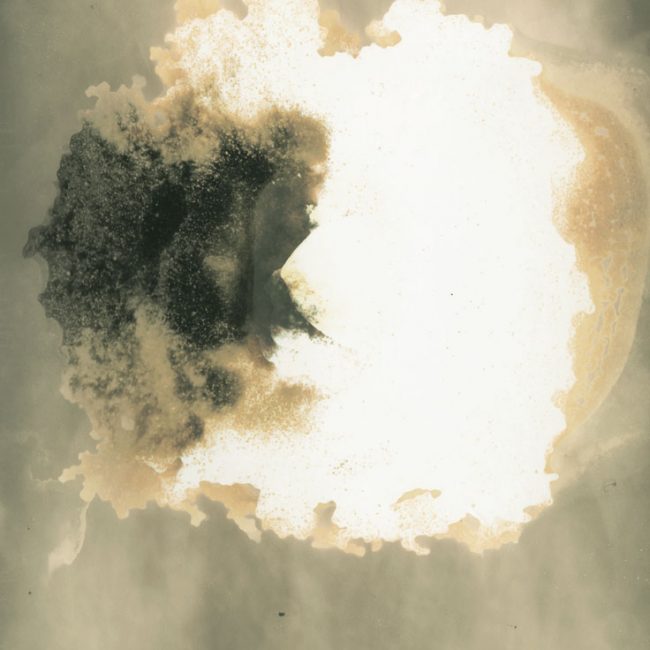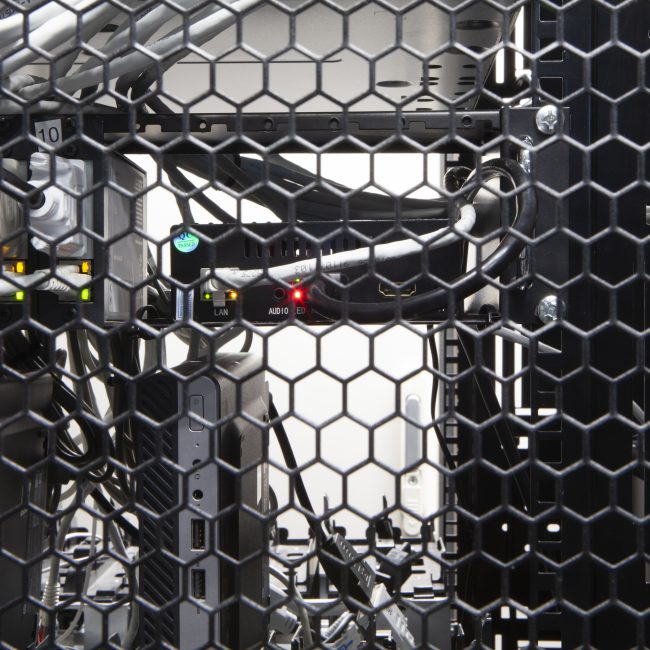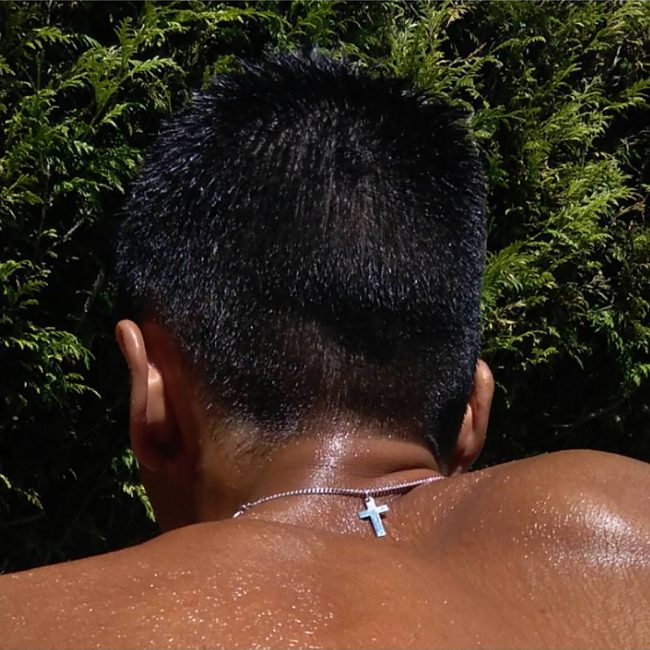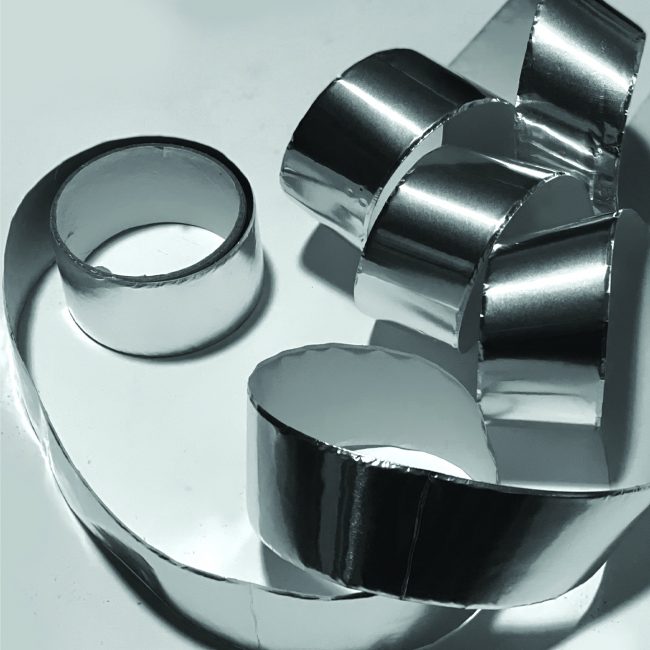fbaup
Faculty of Fine Arts
universidade do porto
LATEST PROJECTS
about the institution
The history of this institution dates back to the “Aula de Desenho e Debuxo”, a school of drawing created in 1780 to support the industrial companies of the city. In 1802, upon the opening session of the classes (120 students were enrolled by then) the painter Vieira Portuense called this school of drawing Academy as a means to provide the institution with further renown. He also aimed to call for a more thorough education, based upon strong and diverse theoretical knowledge, as well as upon high quality artistic examples. However, the desired reform providing the school with more teaching staff and course units only took place in 1836, when the Academia Portuense de Belas Artes (Porto Academy of Fine Arts) was created. By then the Academy taught classes in Painting, Sculpture and Architecture, besides a preparatory course in Drawing. Still during the 19th century the Academy gives rise to the Escola Portuense de Belas Artes, which then becomes Escola Superior de Belas Artes (Higher School of Fine Arts) after 1950. The school then goes through several years of educational and artistic renown. Workshops of ceramics, glass, tapestry, engraving, stone, etc. In the 70s the course of Communication Design is created. In 1979 the course of architecture gains full autonomy and is then part of the Faculty of Architecture of the University of Porto. In 1994 the Escola Superior de Belas Artes do Porto was integrated in the University of Porto and was then to be called Faculty of Fine Arts.
COURSES AND CURRICULAR UNITS OF PHOTOGRAPHY
BACHELOR’S DEGREE IN PLASTIC ARTS
PHOTOGRAPHY AND IMAGE
In Photography and Image, students are given technological training, namely in the introduction to the photographic device, through procedures implicit in laboratory practice, such as: handling of equipment and materials used in the context of small and medium format photography, lighting, techniques for developing and enlarging on film and paper. This learning is complemented with primitive photography techniques and research oriented towards biodegradable processes of photographic capture and development. Along with the technological training component, the lectures include an introduction to a history of photographic images through their copies, emphasizing their materiality and the student’s face-to-face contact with different printing typologies, from daguerreotypes, cyanotypes, wet collotypes, phototypes, albumin, autochromes, antithromes, bromides, polaroids, photocopies, etc. ; a second module introduces a history of cameras, with learning and access to different formats, brands and accessories of photographic equipment from the FBA.UP archive.
PHOTOGRAPHY PRACTICES
Photography Practices has as main goal the conception and production of an individual and original photographic project, enabling the student to develop an autonomous and critical thinking in his technical and conceptual development, in order to recognize the specificity of the photographic medium. It also aims to promote advanced knowledge in contemporary photographic publishing and exhibition practices.
PHOTOGRAPHY AND EDITING
In Photography and Editing, the contribution of the history of the book to the historiography of the photographic medium is analyzed and distinctive photographic publications are identified in terms of printing, sequence and respective dissemination, both in the national and international contexts.
Along with the creation of a publishing project in the area of photography, the book assembly is studied in terms of format, plans, booklets, printing techniques, selection, sequence and binding.
THEORY AND HISTORY OF PHOTOGRAPHY
Prioritizing a cultural historiography against the positivist model of early histories, we analyze how the reclassification of photographic archives changes the discursive condition of photography and the nature of its reception and circulation. The diversity of the nature of the archive – museological, commercial or private – and of the spaces that handle it – libraries, commercial spaces, public or private institutions, and the way in which it directly reflects the cultural dimension of the photographic object, without an exclusive subjection to its documental function – are considered. Finally and above all, the mutual inflection of the history and theory of photography with the plastic arts is highlighted, and the way in which the invention of the former radically disturbed and altered the action of the latter.
BACHELOR’S DEGREE IN COMMUNICATION DESIGN
PHOTOGRAPHY I
PHOTOGRAPHY II
To explore communication languages strongly supported by the photographic image (analog and digital support);
– Deepen the technological knowledge regarding the registration and reproduction of photographic images;
– Understanding techniques for handling equipment and materials needed to obtain photographs;
– Articulation of theoretical knowledge in historical and contemporary contexts associated with photographic practice;
– Develop habits of reflection on creative processes that derive from the use of photography;
– Creating procedural methodologies in the learning and implementation of projects supported by the photographic image;
– Conducting exercises / projects that consolidate technical and theoretical knowledge about the importance of photography today.
MEDIA
The curricular unit includes an introduction to the media based on studies about the languages (sound and visual) and theories of communication, design and arts that understand the phenomena of media expansion and cultural and technological convergences. It is thus developed by working on different aspects of media such as sensoriality, support, discourse and manipulation, from the exploration of the following topics:
– Media, arts and design;
– Models of language and thought: sound, visual and verbal;
– Classifications and specificities of the media: photography, film, video and cyberspace;
– Spatiality and temporality;
– Media archeology;
– Media culture: expansion and convergence;
– Intermedialities and transpositions: analog and digital practices.
MASTER IN IMAGE DESIGN
The Master in Image Design (MDI) is a course that began in 2006 at the Faculty of Fine Arts of the University of Porto and that has made its investment in the development of research projects focused on social, cultural and historical valorization from visual solutions that integrate the image as the main element of communication: photography, video, illustration, etc. In summary, the course has been affirming itself as a space for the transmission of knowledge built from the identification and solution of contemporary problems inscribed in local and regional realities, both culturally and professionally, thus encouraging the integration of students in the current active life.
Course Objectives:
– Social, cultural and historical enhancement with the image as its basis;
– Expansion of the image field by technology;
– Contribution to visual literacy;
– Integration of documentary image in applied research projects;
– Construction of communication objects with ethical and social visions;
– Production of critical thinking about the contemporary cultural universe;
– Integration of students into public active life.
MASTER in FINE ARTS
MASTERS OF ART AND DESIGN FOR PUBLIC SPACE
MASTER OF GRAPHIC DESIGN AND EDITORIAL PROJECTS
RESEARCH CENTER
I2ADS - RESEARCH INSTITUTE ON ART, DESIGN AND SOCIETY
i2ADS – Institute for Research in Art, Design and Society was established in 2011. It is a research unit based at the Faculty of Fine Arts of the University of Porto (FBAUP), having as partner the School of Music and Performing Arts (ESMAE-PP). i2ADS develops its activities in the scope of Arts and Design, Artistic and Musical Development. Its team is made up of 38 integrated PhD members, 39 integrated non- PhD members (FCT scholarship holders), 99 collaborators and 10 PhD students.
Avenida Rodrigues de Freitas, 265
Sala PC207 e 208
4049-021 Porto | Portugal




